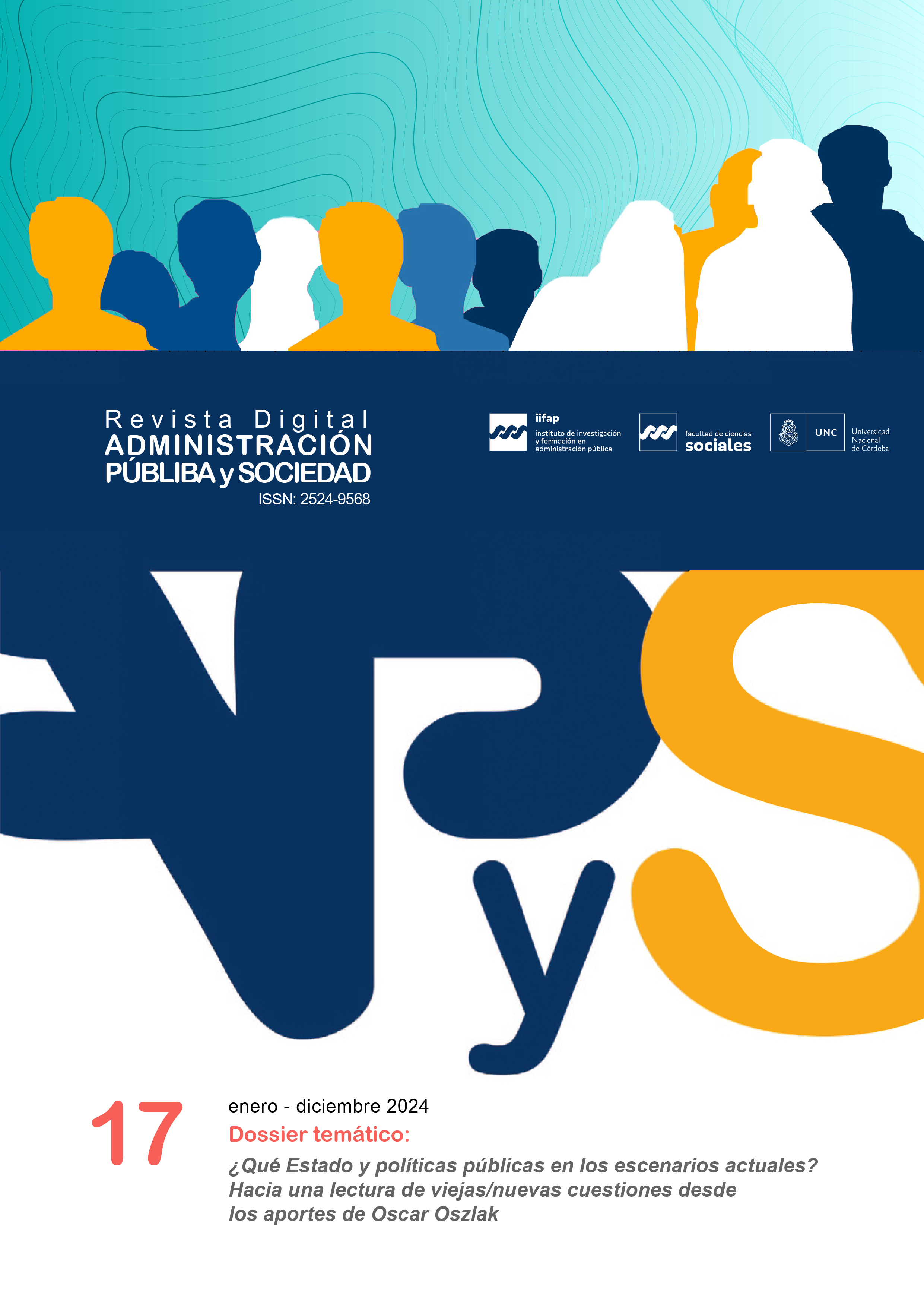RATIONAL AND EFFICIENT USE OF ENERGY FOR LIGHTING IN ARGENTINA (1979-2024). PUBLIC POLICIES OR GOOD INTENTIONS?
Main Article Content
Abstract
The environmental worsening, an excessive exploitation of finite resources, and climate change are some of the urgent challenges humanity faces today, and energy cuts across all of them. The rational and efficient use of energy (REUE) includes various actions where energy consumption is the final result of a chain of specific decisions for each socioeconomic context in which they are taken.
This article reviews the history and evolution of the Argentine energy system between 1945 and 2024. Various REUE initiatives promoted by the State as organizer and administrator of this strategic resource are presented, particularly those related to the residential sector, responsible in 2023 for the 27% of the country's energy consumption, with lighting occupying 2% of it.
A well-trodden path is observed in relation to the rational and efficient use of energy since 1979, based on initiatives that do not necessarily constitute public policies. Argentina has a path of good intentions, built on solid foundations that it has not always managed to execute effectively and efficiently.
Article Details

This work is licensed under a Creative Commons Attribution-NonCommercial-ShareAlike 4.0 International License.
Authors who publish in this journal accept the following terms of the copyright policy:
- Authors shall retain their copyright (including copyrights) and shall grant to the journal the right of first publication of their work, which shall simultaneously be subject to the Creative Commons Recognition License: No commercial use of the original work or any derivative works is permitted, distribution of which must be made under a license equal to that which governs the original work.
- Authors may adopt other non-exclusive license agreements for the distribution of the version of the published work (e.g., placing it in an institutional repository or publishing it in a book) provided that the initial publication in this journal is indicated.
- Authors are allowed and encouraged to disseminate their work through the Internet (e.g., in institutional repositories or on their website) after the publication process, which may lead to interesting exchanges and increased citations of the published work. (See The Effect of Open Access).
How to Cite
References
Almeida, A.M., & Martins, A.G.(2014). Efficient lighting in buildings: The lack of legislation in Portugal. Energy Policy, 67, 82-86.
Argentina. Ministerio de Energía y Minería. Uso racional y eficiente de la energía: Argentina innovadora 2020. Gobierno de la República Argentina.
Cole, R. J., Howard, N., Ikaga, T., & Nibel, S.(2005, September). Building Environmental Assessment Tools: current and future roles. In World Sustainable Building Conference (pp. 27-9).
Khoshbakht, M., Gou, Z., Lu, Y., Xie, X., & Zhang, J.(2018). Are green buildings more satisfactory? A review of global evidence. Habitat International, 74, 57-65.
Larrere, G.(2017). Hacia la normalización del sistema eléctrico argentino: un análisis de la demanda residencial.
Monteoliva, J. M., & Pattini, A.(2013). Iluminación natural en aulas: análisis predictivo dinámico del rendimiento lumínico-energético en clima soleados. Ambiente construído, 13, 235-248.
Bodart, M., & De Herde, A.(2002). Global energy savings in offices buildings by the use of daylighting. Energy and buildings, 34(5), 421-429.
Carbajales, J. J.(2023). El Plan Gas Ar. Una política pública energética de largo alcance. Gg. Punto Seguido-REVISTA DE LA LICENCIATURA EN GESTIÓN GUBERNAMENTAL, (3), 81-119.
Ghía, A.(2012). Bicentenario de la Argentina. Historia de la energía eléctrica 1810-2010. Buenos Aires: FODECO.
Chévez, P. J., Martini, I., & Discoli, C. A. (2017). Políticas de eficiencia energética orientadas al sector residencial de la República Argentina. Revisión de trayectorias disímiles (2007-2015).
Stern N (2006). Stern Review on the Economics of Climate Change. London: HM Treasury
GIL, S., IANNELLI, L. M., & LAGOS, R. Z.(2020). CONSUMOS CLAVES.
https://www.argentina.gob.ar/noticias/iluminar-mejor-y-ahorrar-mas
www.argentina.gob.ar/sites/default/files/uso_racional_y_eficiente_energia_2016_arg_innovadora_2020.pdf

